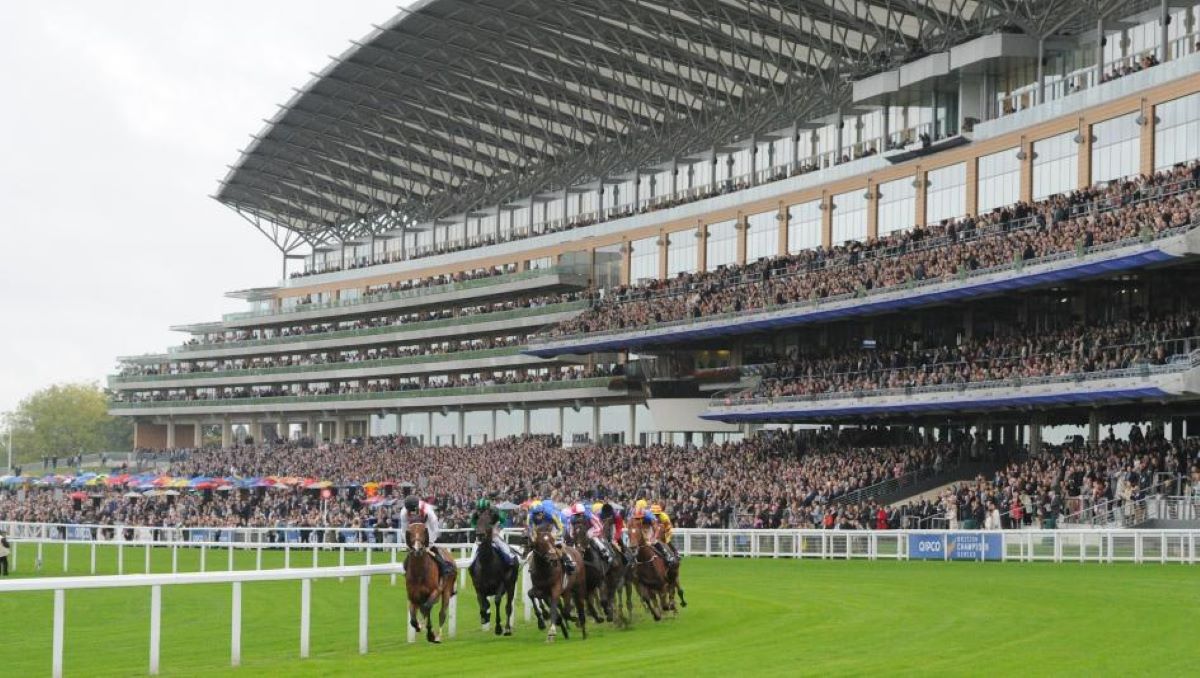The chief executive of Ascot, Britain’s most popular racetrack, said he expects more financial pain from the global COVID-19 pandemic, and that he doesn’t expect a return to normalcy until 2022.

Guy Henderson, Ascot’s CEO, said he anticipates a “significant pre-tax loss in 2021†as one-time pandemic insurance payments cease, and government benefits for racetracks remain uncertain. The government did offer nearly £40 million in loans to racetracks suffering financial hardship due to a lack of spectators, which could ease some of the anticipated burden.
Because of these factors, along with a government furlough program, business rate relief, and some hearty sponsors who didn’t cut bait, Ascot approximately broke even in 2020. Without any and all of the above factors, it would have been far worse – an estimated £20 million loss. In 2019, the track registered a pre-tax profit of £7.3 million.
Going forward into 2021, Henderson isn’t expecting a profit. First off, Ascot’s pandemic insurance is non-renewable, for obvious reasons. Second, it’s difficult generating profits at a track during a pandemic where 70% of its annual revenue comes from ticket sales and spectators.
Pandemic Insurance Showed Foresight, Fortitude
“Without our pandemic insurance and the government support of furlough and business rates relief, our 2020 trading loss would be over £20 million,†Henderson told Sky Sports. “The year will only be overall cash-positive due to that support and a very significant reduction in our capital investment program. 2021 will be much more challenging without such support.â€
This puts Ascot on a tightrope. As one of the world’s premier racetracks, it has an image to keep with horsemen and sponsors – especially during the Royal meeting in June. In 2019, the track spent £9 million on capital investments. That was a 67% increase from 2018’s totals.
At the same time, Henderson said he plans to increase purses that were cut in 2020. This is crucial to keeping Ascot competitive amid other high-profile international tracks.
“The challenge for us in the first quarter of next year will be to be nimble, to prepare and build leading up to our premier meeting, so that if things open up more quickly than we anticipate, we’ll be able to handle it,†Henderson told The Guardian. “But on any view, we see 2021 as a rebuild year, toward strutting our full stuff in 2022.â€
Will We See the Queen at Royal Ascot in 2021?
Speaking of that premier meeting – Royal Ascot – Henderson said the June meet will take place with enforced social distancing measures. This year’s meet went on as scheduled, but without spectators, including Queen Elizabeth II, who missed her first Royal Ascot meet in her 68-year reign. Compare that to the 2019 Royal Ascot meet, which drew nearly 300,000 spectators.
That’s nearly 55% of Ascot’s season-long attendance for its 25 dates. Deepening that perspective, 70% of Ascot’s annual “nut†of ticket sales, hospitality, and wagering comes from the Royal Ascot meet. In 2019, that amounted to nearly £45 million.
“We believe that even in June, there will be social distancing rules, so we’re more likely to be full in accordance with those rules than full in accordance with normal,†Henderson told The Guardian.









